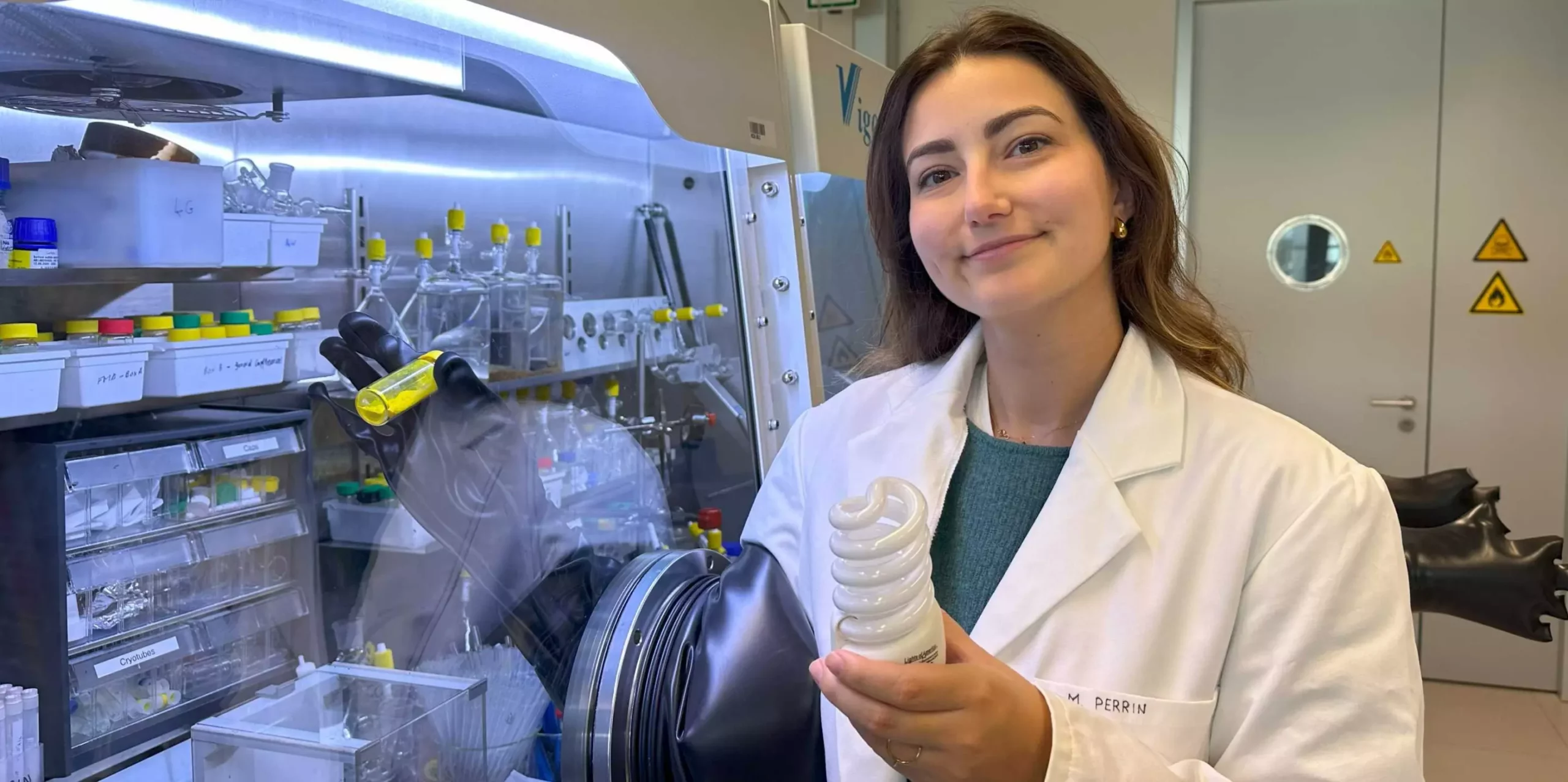Despite their name, rare earth metals are found in abundance in the Earth’s crust; however, their extraction and processing are far from straightforward. These 17 elements, integral to the advancement of technology and green energy, play crucial roles in everything from smartphones to electric vehicles. The irony is that while they are not particularly rare geologically, their complex extraction processes and the environmental implications render them precious in an economic sense. In Europe, the situation is exacerbated by heavy reliance on Chinese imports, rendering rare earths not just valuable, but critical—and perilously dependent.
The complexity of extracting rare earth metals cannot be overstated. These elements typically exist in their natural state as compounds within ores, making separation a daunting task. This inherent difficulty arises from their chemical similarities, which necessitate multiple, resource-intensive extraction steps that consume vast quantities of energy and produce serious environmental waste. Consequently, the industry faces a dual challenge: the urgency to secure a stable supply of these essential materials while simultaneously addressing the environmental fallout from their extraction.
Challenges of Current Recycling Practices
Current recycling practices in Europe are significantly lacking, as highlighted by chemist Victor Mougel from ETH Zurich. The lack of efficient recycling methods results in a troubling reality: valuable rare earth metals often end up in landfills, away from potential reuse. As technology becomes more pervasive, the need for sustainable methodologies for recovering these materials becomes paramount. Traditional recycling methods are often bogged down by complexities and inefficiencies that hinder their viability. The urgent call for a paradigm shift in this domain cannot be ignored.
Mougel’s team, recognizing this critical gap, has embarked on a research journey to develop more sustainable and straightforward separation methods. The prevailing extraction methods, predominantly reliant on extensive liquid-liquid extractions, have proven impractical for recycling purposes—particularly for europium, a rare earth metal increasingly difficult to source as demand shifts. The strain on supply chains highlighting the environmental repercussions of mining is driving researchers to innovate.
A Game-Changing Discovery
A significant breakthrough has emerged from ongoing research into the use of tetrathiometallates—molecules composed of sulfur atoms around tungsten or molybdenum. By borrowing concepts from nature and utilizing these small inorganic complexes, the team has transformed the separation process of rare earth metals. Through this innovative approach, they have reportedly achieved an efficiency level that surpasses traditional methods by over fifty times. The work conducted by doctoral student Marie Perrin showcases how simple, green chemistry can elevate the recycling lens, using fewer steps and less energy in the separation process.
This efficient separation leverages the unique properties of tetrathiometallates to reduce europium into a more accessible state, facilitating its extraction from difficult mixtures that typically include other rare earth elements. The implications of this discovery not only impact recycling but also provide a potential solution for dealing with electronic waste, which frequently contains these valuable metals.
Turning Electronic Waste into Urban Mines
One of the most promising aspects of this research is its emphasis on recycling electronic waste, a treasure trove of rare earth metals that is often overlooked. As Switzerland grapples with the disposal of lamp waste that could benefit from this recycling method, the researchers see an opportunity to revolutionize how these resources are viewed. Instead of discarding products at the end of their lifecycle, we can regard them as urban mines brimming with valuable materials waiting to be reclaimed.
The need to establish efficient recycling pathways becomes particularly urgent as the market dynamics for elements like europium shift due to the phasing out of fluorescent lamps, which have traditionally harnessed this metal. As the demand wanes and recycling becomes less economically viable, innovative extraction methods like those emerging from Mougel’s team could restore value and serve to keep these materials within the economic loop.
A Vision for Sustainable Practices
This research does not merely point to a new extraction process; it embodies a fresh perspective on resource utilization. By creating a methodology that prioritizes recycling, this approach inherently reduces environmental damage and contributes positively to resource conservation. With patented technology paving the way for the establishment of a start-up called REEcover, the landscape for rare earth metal recovery in Europe stands on the brink of transformation.
In the rush toward technological advances and a renewable energy transition, the challenge will be in balancing progress with sustainability. As researchers like Perrin continue to operate at the intersection of chemistry and environmental stewardship, there lies a tremendous potential to redefine how we engage with the resources that power our modern world. The potential for similar methodologies to be adapted for other rare earth metals heralds a future where recycling becomes a standard, not an exception.

